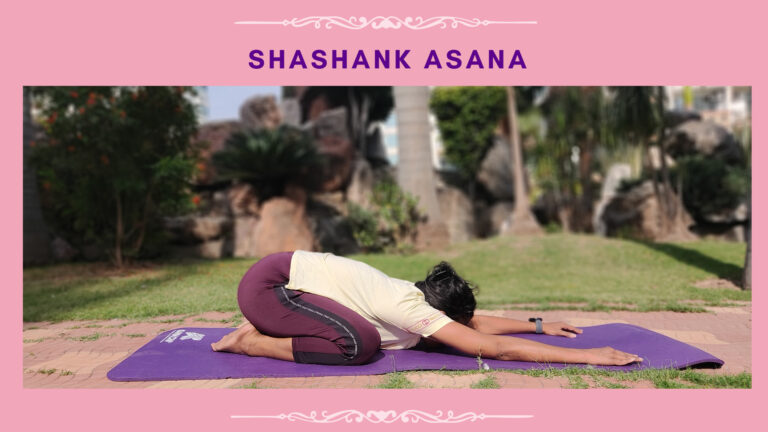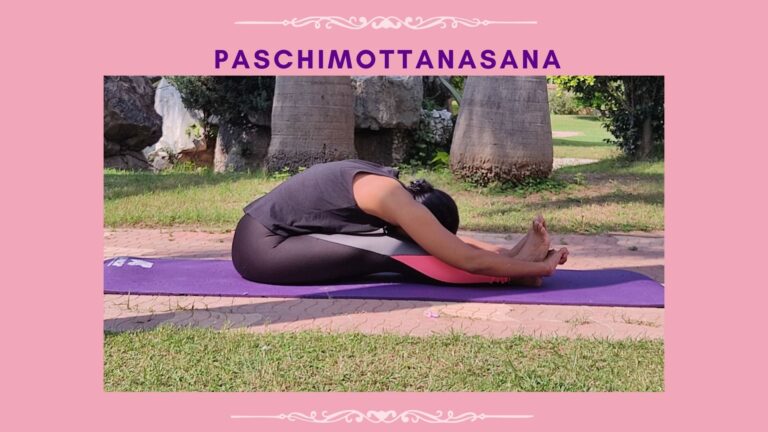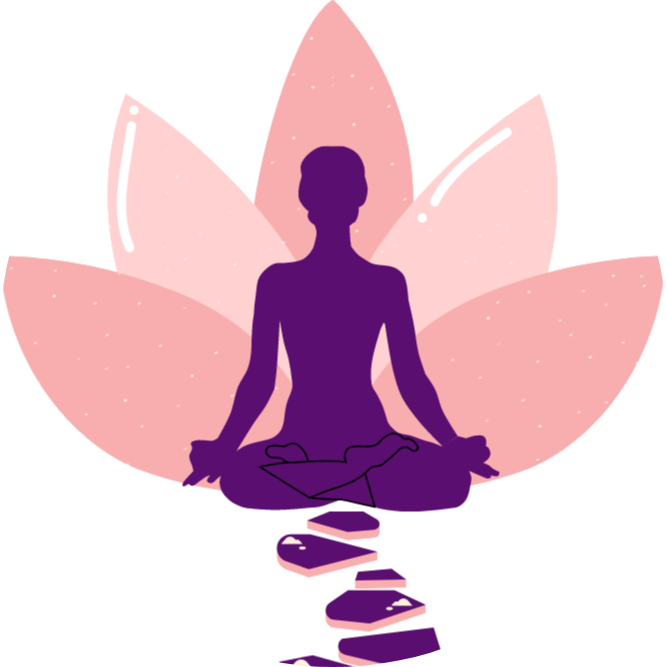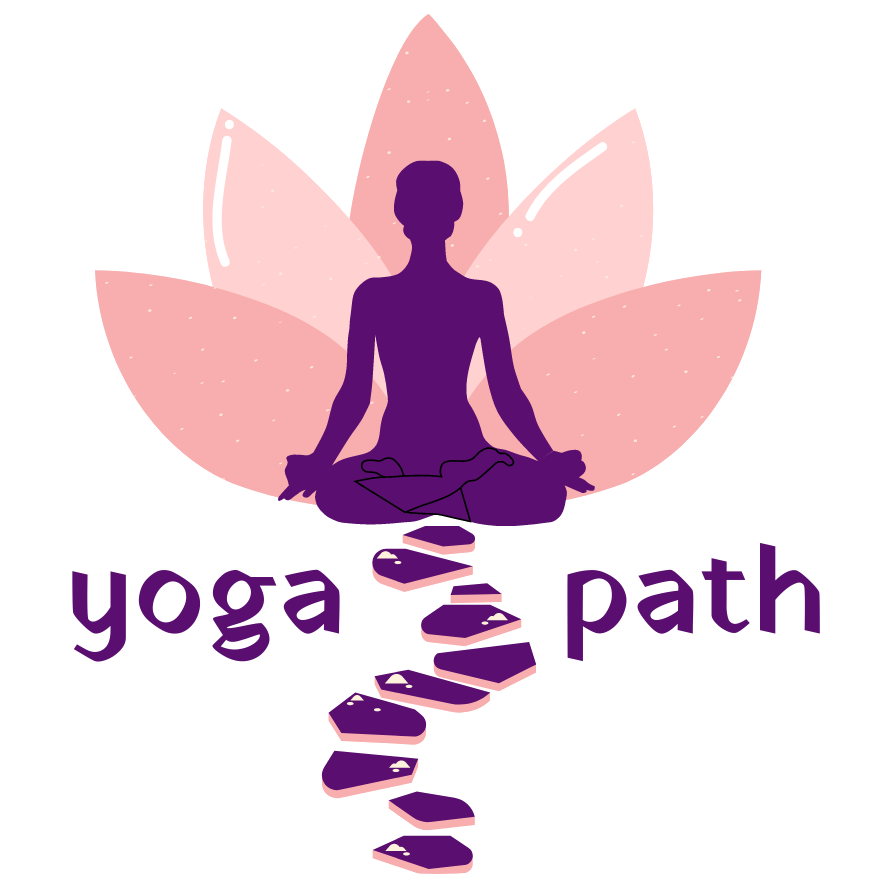Reduce Hypertension
ASANAS FOR HYPERTENSION
Can yoga reduce blood pressure?
Hypertension or high blood pressure is a condition wherein the blood pressure in the arteries increase to high levels. Yoga asanas require focused deep breathing which helps to naturally lower the blood pressure and hypertension, especially when it is due to stress.
Obesity is another factor leading to hypertension. Practicing yoga regularly along with a regulated diet helps stabilise body weight. Yoga infuses one with vibrant positive energy and helps release hormones that not only makes one calmer but happier too again working towards stabilising blood pressure.
The regular practise of asanas and pranayama helps harmonise the sympathetic and parasympathetic nervous systems and again steadies the heart rate.
Vajrasana – Seated Asana
Vajrasana Asana meaning Thunder Bolt Pose. This yoga posture has been named after the shape it takes – that of a diamond or thunderbolt. One can sit in Vajrasana at the time of doing pranayamas.
Assume a kneeling position on a mat with your knees touching each other. Let your toes touch each other and the heels remain apart. Lower your body and sit comfortably in the space between your toes and heels. Place your hands upon your knees with your palms facing downwards.
Close your eyes and passively observe your breath or keep your gaze fixed at one point. Sit for around 5 to 10 minutes.
Contraindications:
Acute arthritis and very high or low blood pressure.
Benefits:
It stretches the thighs, calves, ankles and hips.
It stretches the spine, corrects postural defects.
It improves blood circulation to the abdominal region thus helping improve digestion
Alleviates sciatica or severe lower back problems or constipation or stomach disorder or digestive problems or acidity
Hence with improved digestion and assimilation hairfall is greatly reduced
Flexibility of the lower limbs
The generative organs are toned
It provides relief from urinary problems.
This posture calms the mind and relaxes the nerves.
If you want to put pressure on Surya Nadi allow the left toe to rest on the right toe
If you want to put pressure on Chandra Nadi allow the right toe to rest on the left toe

Shashank Asana – Prone Position Forward Bend
Contraindications:
Vertigo, high blood pressure, knee problems or slipped disc.
Pregnant women should refrain from practising this asana.
Benefits:
Massages the abdominal organs, muscles and organs of the pelvic region.
Improves digestion and alleviates constipation.
Relaxes the spine and all muscles of back.
Improves functioning of adrenal glands.
Stretches back muscles and strengthens it.
Enhances the health of reproductive organs.
Relaxes sciatica nerve.
Improves blood supply to the head and therefore nourishes the eyes and all brain functions.
Helps to relieve fatigue and promotes concentration.

Paschimottanasana – Seated Asana
The word ‘paschim’ meaning ‘west’ meaning posterior part of the body and ‘uttana’ for stretching i.e. this asana is a posterior stretch.
For this asana, sit on a mat with legs fully stretched out and toes facing upwards. Keep the spine erect, shoulders rolled back sitting on the sit bones. Hands besides the body, palms facing down.
Raise both the arms up and lower down and bend forward and stretch the hands to touch the toes while drawing in the abdomen.
Gently pull the elbows down to touch the ground and bend the head to bring the forehead to the knees.
Hold here for a few seconds breathing normally.
Return to starting position: Raise the head and hands up, gently straighten the back and bring the hands to the sides.
Recommended practice: Practice once – maintain the final position for 30 seconds, gradually taking it up to 1/2 minutes with regular practice. Breathing should be normal–slow and rhythmic.
Contraindications:
Hernia, hypertension, heart ailments, pregnancy, peptic ulcers and abdominal inflammations. Hyperthyroid, serious spinal disorders, myopia, glaucoma and serious eye disorders.Benefits:
Helps in correcting minor deformities of the curvature of the spine and improves blood circulation.
Deep intra-abdominal compression massages the abdominal organs provides relief to constipation, weak digestion, sluggish liver.
Stretches the muscles of the legs the hamstrings, shoulders and the back.
Helps in cases of sciatica and lumbago.
Strengthens the sense of surrender, dedication and commitment.

Ardha Matsyendrasana
Seated Pose – Half Spinal Twist
Ardha Matsyendrasana is named after Rishi Matsyendranath who was a Hatha Yoga proponent and his favourite meditation asana was a full spinal twist itt was simplified so that everyone could also practise which we know as Ardha Matsyendrasana.
In this asana, sit on the mat with the legs stretched out straight in front of you, keeping the feet together and the spine erect. Bend the left leg, place the left heel beside the right hip. Take the right leg over the left knee place the right foot close to the left knee. Place the left hand on the right knee and the right hand behind you. Twisting the waist, shoulders and neck to the right look over the right shoulder. Keep the spine extended straight and erect. Hold while breathing in and out. Release the right hand first (the hand behind you), unwind the waist, then chest and the neck and sit up relaxed and straight. Repeat on the other side.
Contraindications:
Hernia, peptic, ulcer and severe spinal problem, as well as people who went for abdominal, heart or brain surgery. Pregnant women should not twist.
Benefits:
Increases the elasticity of the spine makes it supple which further help to relieve stiffness between the vertebrae and prevent back pain.
Benefits people with a mild slip disc problem.
Opens the chest and increases the oxygen supply to the lungs.
Helps to increase the digestive secretions by opening the chest.
Helps to strengthen abdomen, chest, spine, arms and hips
Loosens up the hip joints by relieving stiffness.
Increases the blood circulation to the pelvic region as well as enhance the functions of the reproductive system.
Helps heal piles and fissures due to good blood circulation.
Helps to prevent menstrual disorders and urinary tract related problems.
Helps relieve diabetics. The deep stretch and intense breathing work activates the pancreas by massaging and stimulating it.
Viparit Asana
Supine Pose – With legs up against a wall
The pose described here is a passive, supported variation of the shoulder stand-like Viparit Karni. You’ll also need to rest your legs vertically on a wall or similar upright support.
Sit sideways with your right side against the wall, lie down lowering your back and head on the floor.
Exhale and, slowly slide your legs up onto the wall sideways while your back, shoulders and head are down on the floor.
Lift and release the base of your skull away from the back of your neck and soften your throat. Don’t push your chin against your sternum.
Open your shoulder blades away from the spine and release your hands and arms out to your sides, palms up.
Keep your legs straight. Feel the weight of your legs and belly deeply into your torso, toward the back of the pelvis. Soften your eyes and turn them down to look into your heart.
Stay in this pose for 1 minute you can increase to 15 minutes. Then bend your legs, and turn to the side.
Stay on your side for a few breaths, and come up to sitting with an exhalation.
Contraindications:
Glaucoma and serious eye problems, Back injury or problems or Neck injury or problems. Not to be done during Menstruation.
Benefits:
Helps ease Anxiety, mild Depression and calms the mind.
Heals Migraines, Headaches, Arthritis, Digestive problems, High and low blood pressure, Respiratory ailments, Uinary disorders, Varicose veins, Piles, Fissures and relaxes cramped legs and feet and reduces Insomnia.
Benefits circulation in the lower back and the abdomen region and its internal organs.
In women, it eases Menstrual cramps, Premenstrual syndrome and Menopause.
Benefits as described in Yoga Philosophy:
- “You will become adept in all the worlds and will not perish even at world dissolution (pralaya)” – Gheranda Samhita 3.36
- Hatha Yoga Pradipika 3.82 states grey hairs and wrinkles reduce

Sethubandhasana – Supine Asana
Setu meaning Bridge; Bandha meaning Bind or Lock;
To begin, lie on your back. Fold your knees and keep your feet hip distance apart on the floor, close to your pelvis, with knees and ankles in a straight line.
Place your palms on your ankles. Inhaling, slowly lift your lower back, middle back and upper back off the floor; gently roll the shoulders inwards; raise the chest to the chin supporting your weight with your shoulders, arms and feet.
Both the thighs are parallel to each other and to the floor. Hold this pose for few breaths. exhale as you gently release the pose.
Contraindications:
Neck injuries, Shoulder or back injuries or surgery, Hypertension, Heart ailments, Myopia and Glaucoma or retinal detachment.
Benefits:
Strengthens the back muscles
Relaxes back instantaneously
Gives a good stretch to the chest, neck and spine
Opens up the lungs and reduces thyroid problems
Strengthens glutes and quadriceps
Calms the brain, reducing anxiety, stress and depression
Helps improve digestion
Helps relieve the symptoms of menopause and menstrual pain
Helpful in asthma, high blood pressure, osteoporosis, and sinusitis
Shavasana
Supine Position – Relaxation Pose
Shava meaning Corpse.
This pose gets its name from the reclined posture of a dead body. It is a position of rest, relaxation, and rejuvenation is usually practiced towards the end of a yoga session.
Lie flat on your back and close your eyes. Keep your legs at a comfortable distance apart and relaxed and toes facing to the sides. Place your arms a little spread apart from your body. Leave your palms open, facing upward.
Taking your attention to different body parts one by one, slowly relax your entire body.
Begin with bringing your awareness to the right foot, move on to the right knee (in the same way you complete one leg, and move your focus to the other leg), and so on, and slowly move upwards to your head, relaxing each part of the body.
Keep breathing slowly, gently, deeply and allow your breath to relax you deeper. The incoming breath heals the body while the outgoing breath relaxes. Make sure you don’t fall asleep!
After some time, about 5-20minutes when you feel fully relaxed, keeping your eyes closed, slowly roll onto your right side. Lie in that position for a few seconds or so. Then, with your eyes still closed, sit up into cross legged pose (Sukhasana) taking the support of your right hand. Take a few deep breaths in and out.
When you feel completely in touch with your surroundings, slowly and gently open your eyes.
Benefits:
Deep, meditative state of rest, which helps in the repair of tissues and cells
Releases stress
Helps rejuvenation
Reduces blood pressure, anxiety, and insomnia.
This is an excellent way to ground the body and reduce the Vata dosha (imbalance of the air element) in the body.

